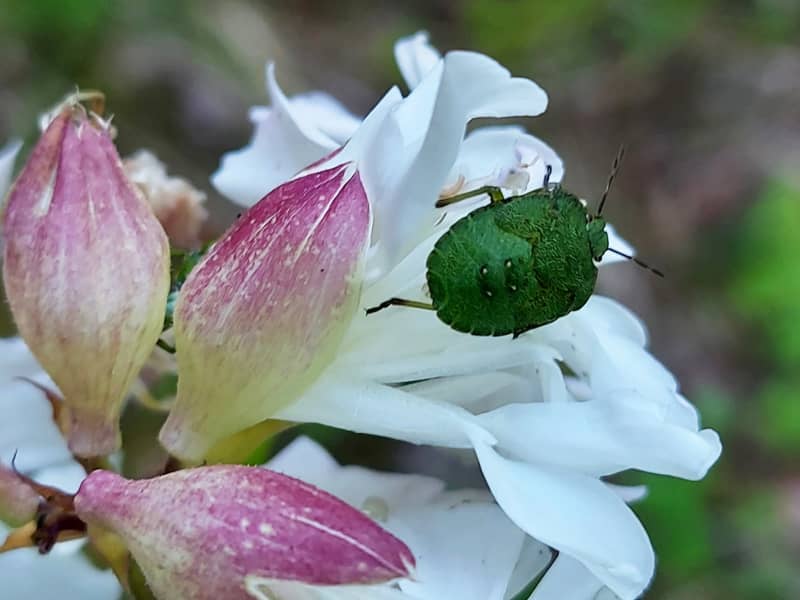The Bioblitz event aims to raise awareness of biodiversity and the importance of protecting it, in addition to mapping natural sites.
Liesjärvi National Park in Tammela, a hot August weekend and more than 30 experts and enthusiasts participating in the Bioblitz. After a sweaty scramble, the park’s species have been mapped.
Immediately after the event, the number of species surveyed was estimated at 1,000, but the final result is a surprise: a total of 1,601 species were found in the park in 24 hours. About half of the species found were species that had not been previously recorded in the area.
Among the species found are the tufted titmouse, the little woodpecker, the downy titmouse, the wood toad and the hairy hackle – funny names that don’t immediately lead you to believe that the tufted titmouse, for example, belongs to the slime moulds.
Junninen says that taxonomists come up with names, and for many groups of organisms, a separate nomenclature committee has been established, whose task is to come up with names in Finnish. The aim is to come up with names in Finnish that describe the species.
– If new species are found for the country or new species for science, and efforts are made to come up with a Finnish name for all species classified as endangered, if they do not already have one. It is then easier to tell the general public about them, but yes, there is a lot of fun to be had when reading genre lists in Finnish.
The largest number of beetles were found, a total of 309 species. Almost as many tube plants, 297 species, and dipterans, 274 species, were found. Most of the dipterans were flies that had not been mapped at all in the national park before. More than a hundred species were also affected by fungi, mosses and arthropods, i.e. bed bugs and cockroaches.
According to Junninen, the least amount of lichens were found because there was no expert who knows about lichens at the event.
– Only a few mammals were found. A squirrel, a deer, two species of bats, namely the northern bat and the waterfowl, the white-tailed deer, the flying squirrel, the wood vole and the bat. More slime fungi were also found than mammals.
Kaisa Junninen, special planner for species protection, hopes that more resources would be available for species mapping, so that we do not accidentally destroy species occurrences in protected areas or elsewhere in nature.
– In thorough surveys, you would definitely find more than 2,000 species in any Finnish national park, that’s how diverse Finnish nature is, reminds Junninen.

